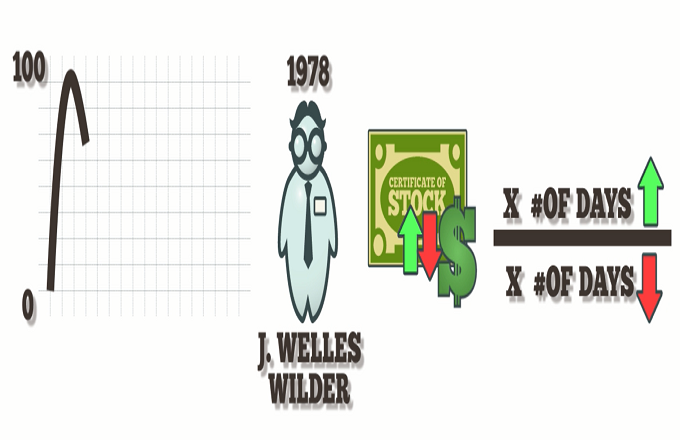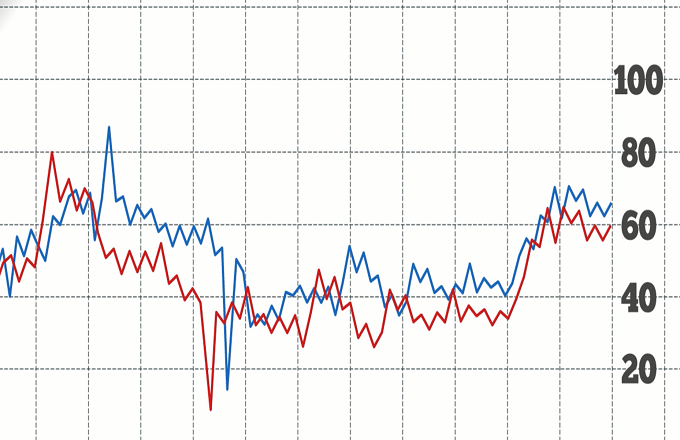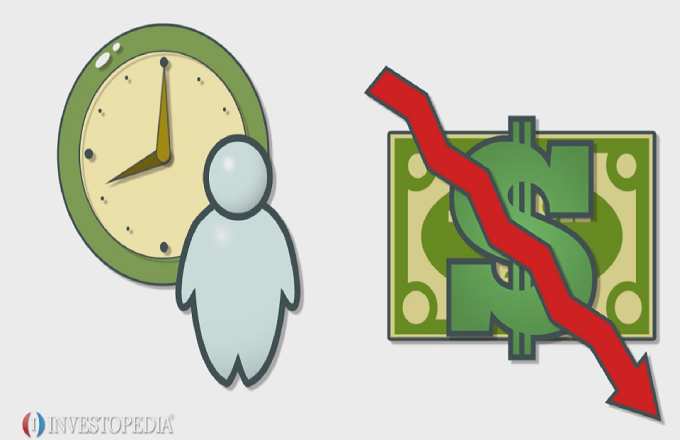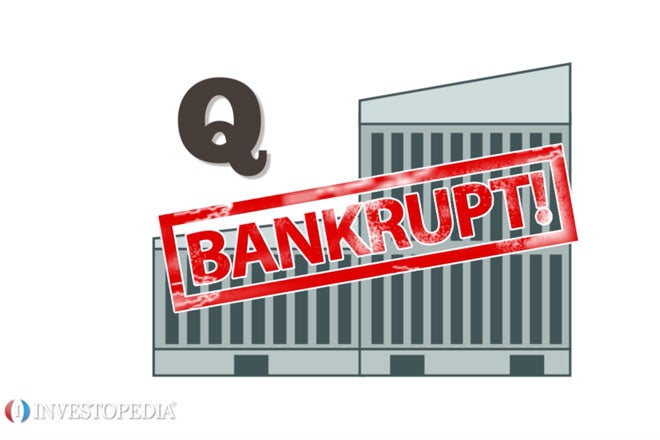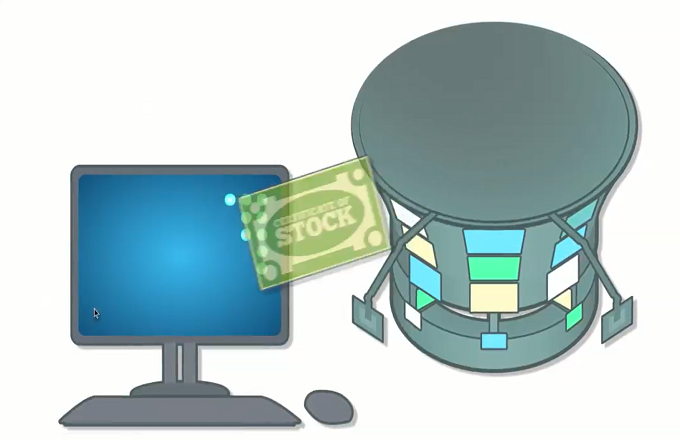Generally, spread refers to the difference between two comparable measures. In the stock market, spread refers to the difference between the lowest ask price and the highest bid price. If the lowest ask price for a share of ABC stock is $25, and the highest bid price is $24.75, then the spread for ABC stock is $.25. In commodity trading, the spread is the position an investor takes when purchasing two or more put or call options on the same underlying asset with different delivery dates. This type of spread is called a straddle, and is used to mitigate losses that result from volatility in the underlying asset. In fixed income securities, spread refers to the yield difference between two different securities with the same maturity date, or two similar securities with different maturity dates. For example, if a 5-year AAA rated corporate bond has a yield of 5% and a 10-year AAA corporate bond yields 7%, then the spread between these two similar bonds is 2%. Finally, in the investment banking/underwriting world, spread refers to the difference in what an underwriter pays the issuer for newly issued shares and what the public pays the underwriter for those shares. XYZ Corp. issues new shares and the underwriter agrees to pay XYZ $10 per share. If the underwriter then sells those shares to the public for $12 per share, the spread is $2 per share.
